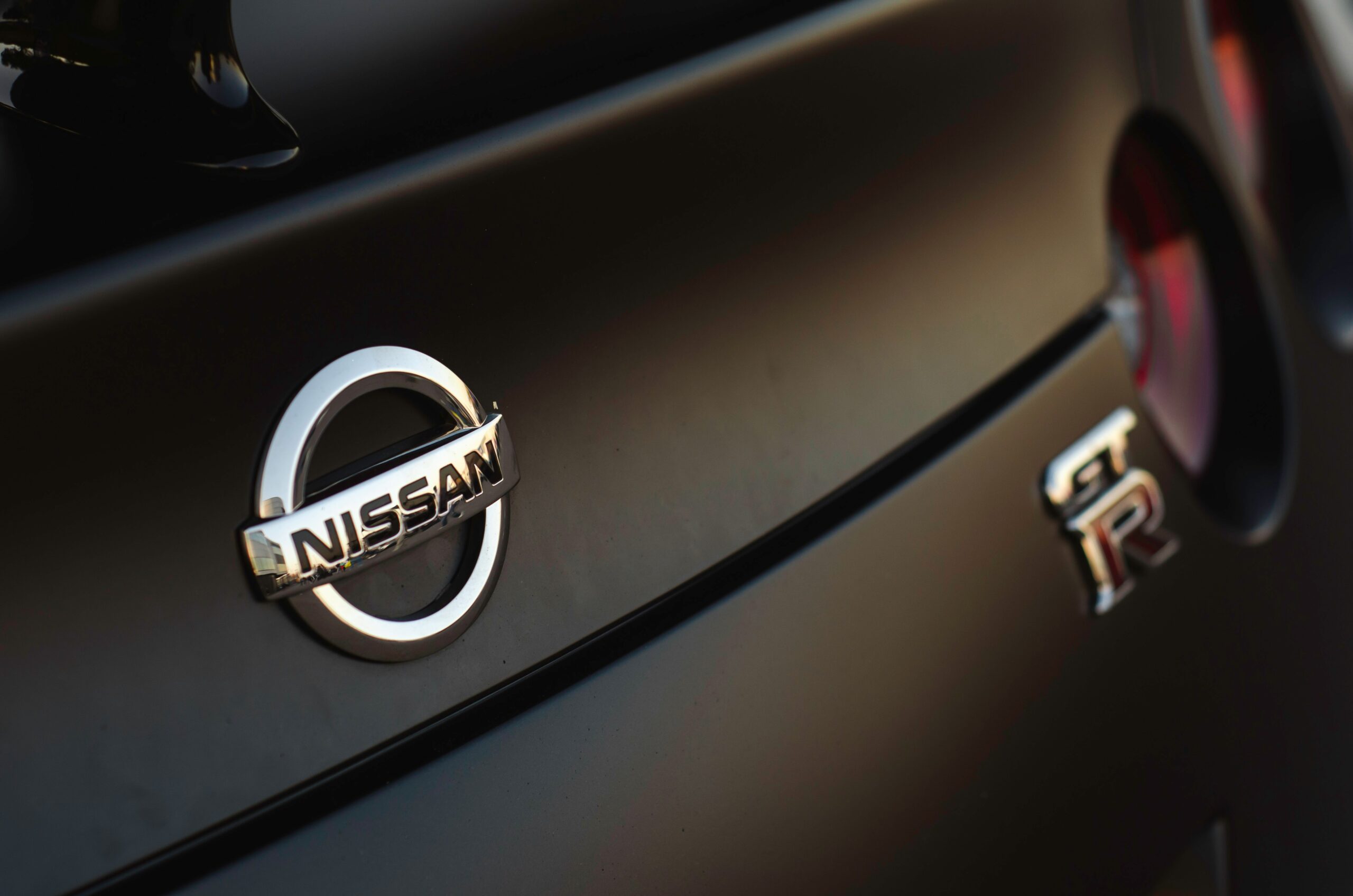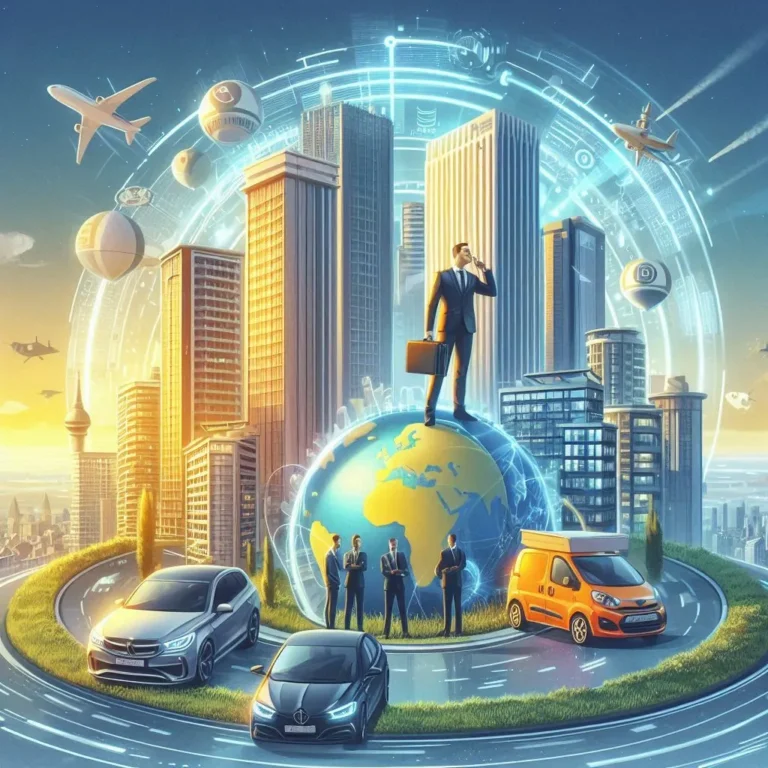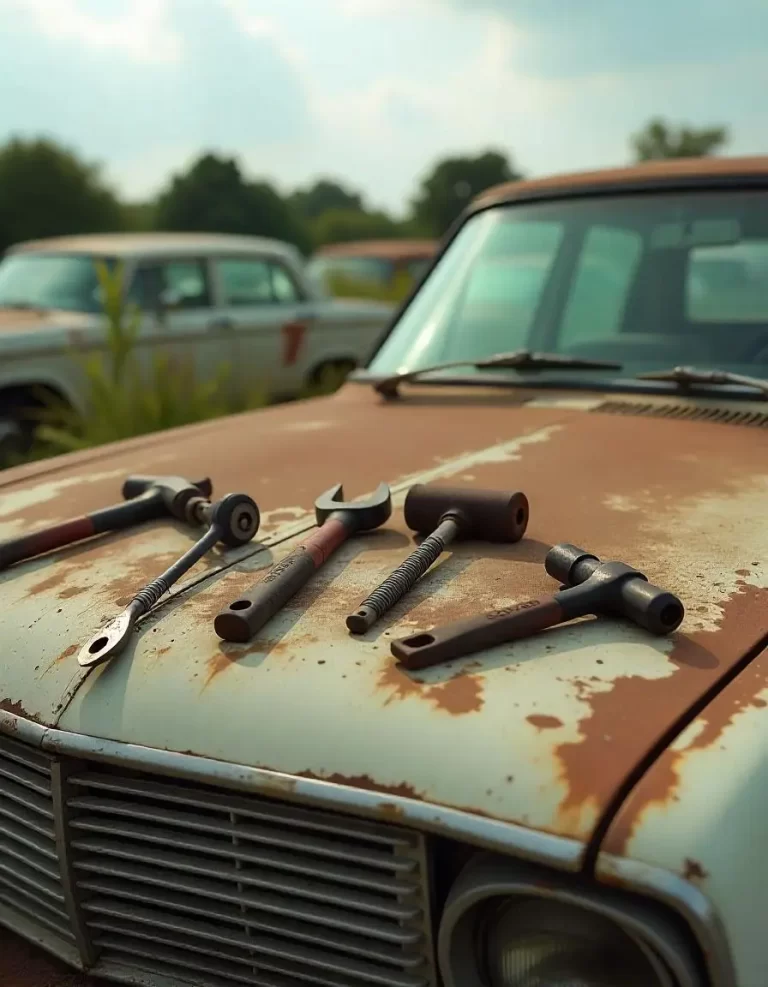
Car Brand Logos Reimagined: The Boldest Redesigns of the Decade. Over the past decade, car brand logos have undergone significant transformations. These redesigns go beyond mere aesthetics—they reflect shifts in brand identity, consumer expectations, and industry innovations. Whether it’s embracing a more minimalist, digital-friendly design or showcasing a bold new direction in technology and sustainability, the evolution of car brand logos tells us a lot about the future of the automotive industry. Let’s explore some of the boldest car brand logo redesigns of the decade, highlighting how these changes signal new eras for these iconic brands.
1. Volkswagen: A Digital-First Approach

Volkswagen’s logo redesign in 2020 marked a significant shift in the brand’s identity. The updated logo, which features a flatter, simpler design, is a far cry from the previous 3D versions that were prevalent in earlier years. The modern VW logo is cleaner and more suited for the digital age, designed to be more recognizable and adaptable across mobile apps, websites, and digital platforms.
This change is not just cosmetic—it reflects Volkswagen’s push into the electric vehicle market. With its ID series, including the ID.4, VW is leading the charge towards a sustainable future, and its new logo symbolizes the brand’s modern, tech-savvy, and eco-friendly vision. The fresh look represents a commitment to innovation, making the brand feel forward-thinking while still holding on to its iconic heritage.
2. Ford: Nostalgia Meets Innovation
Ford’s logo redesign in 2020 was a subtle yet effective update to its iconic blue oval. While the core elements remain the same, the new logo features a more modern, simplified look with sharper edges and cleaner lines. This new design is all about reflecting the brand’s evolution, as Ford prepares to dominate the electric vehicle market with models like the Mustang Mach-E and the electric F-150 Lightning. (Read More : Baleno Car 2024: The Perfect Blend of Style, Performance, and Affordability).
The blue oval has long been a symbol of trust, dependability, and American ingenuity. With this reimagined logo, Ford strikes a balance between its storied past and its exciting future. The simplicity of the new design speaks to a digital-first audience, ensuring that the brand’s emblem remains relevant in today’s tech-driven world while staying rooted in its legacy of innovation and strength.
3. Peugeot: A Stronger, More Dynamic Lion

In 2021, Peugeot unveiled a dramatic redesign of its lion logo, reflecting the French carmaker’s new ambition to become a leader in the future of mobility. The updated lion is more aggressive and dynamic, with sharp lines and a sense of motion that gives the impression of power and agility. This shift aligns with Peugeot’s goal of embracing electric vehicles and advanced technology. (Read More : Car Dealership Innovations: The Rise of Virtual Showrooms and Test Drives).
The new logo gives Peugeot a more modern and global appeal, moving away from the more traditional, ornate versions of the past. It represents a brand that is not only proud of its history but is also eager to tackle the future with bold designs and innovative solutions. As Peugeot rolls out electric models like the e-208, this fresh emblem signals that the brand is ready to leap into the future with confidence.
4. Hyundai: Simplified and Futuristic

Hyundai’s redesign in 2021 is one of the most eye-catching of the decade. The new logo is a departure from the previous design, featuring a more abstract, geometric “H” that represents movement and progress. The new logo is meant to evoke a sense of forward momentum, aligning perfectly with Hyundai’s shift toward a more sustainable and tech-driven future. (Read More : Smart Car Gadgets: The Latest Car Accessories Revolutionizing Your Drive in 2024).
This rebranding reflects Hyundai’s efforts to embrace innovation, from electric vehicles like the Hyundai Ioniq 5 to advancements in autonomous driving technology. The futuristic logo design signifies the brand’s evolution into a global leader in mobility solutions, not just cars. Hyundai is focusing on sustainable practices, smart tech, and clean energy, and its new logo perfectly captures this vision for a modern, progressive future.
5. Nissan: A Cleaner, More Modern Identity

In 2020, Nissan introduced a redesigned logo that brought a fresh, minimalist feel to its classic emblem. The new logo removes the previous metallic sheen and 3D effects, opting for a more flat, simple design that works well on digital platforms. This redesign is in line with Nissan’s broader strategy to position itself as a leader in the electric vehicle market, with models like the Nissan Leaf and the upcoming Ariya SUV.
The simpler logo also reflects Nissan’s commitment to sustainability, innovation, and digital transformation. By modernizing its logo, Nissan is emphasizing a more global, digitally aware image, aligning itself with a future where technology and eco-friendliness are key drivers. This fresh look symbolizes Nissan’s forward-thinking approach, paving the way for a new generation of environmentally conscious drivers.
Conclusion article Car Brand Logos Reimagined: The Boldest Redesigns of the Decade
The last decade has seen some of the boldest and most strategic car brand logo redesigns in the industry’s history. These changes reflect more than just cosmetic updates—they represent a shift in how brands want to be perceived by their audiences. Whether it’s Volkswagen’s clean, digital-first approach, Peugeot’s dynamic and aggressive lion, or Hyundai’s forward-thinking, geometric emblem, these logos tell us that the automotive industry is embracing a new era.
As car manufacturers pivot to electric vehicles, autonomous technology, and smarter, more sustainable solutions, their logos are evolving to reflect these exciting changes. While the essence of these brands remains rooted in their history, the redesigned logos highlight their vision for the future. For consumers, these bold new designs signify a wave of innovation, one that’s reshaping the way we think about cars—and the brands that make them.




